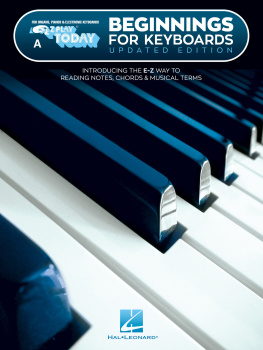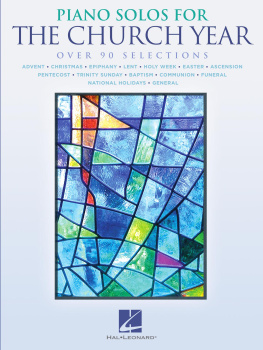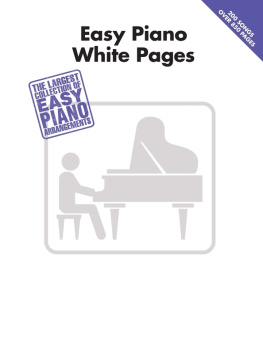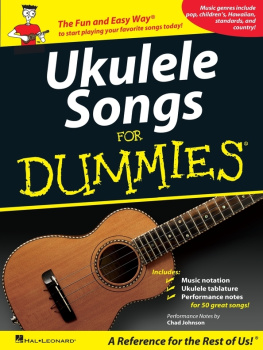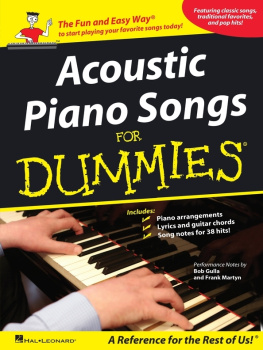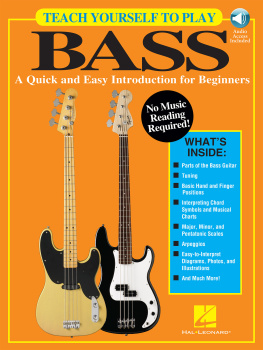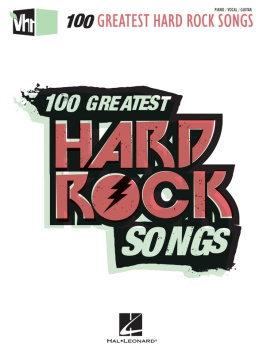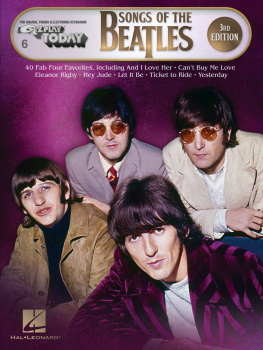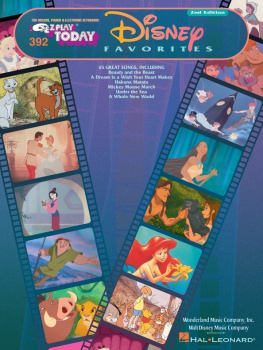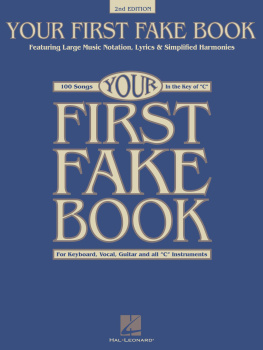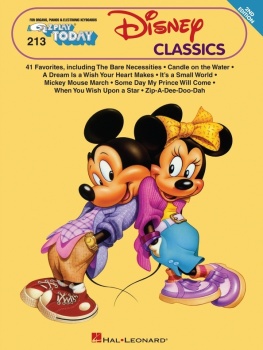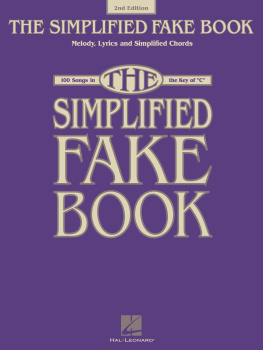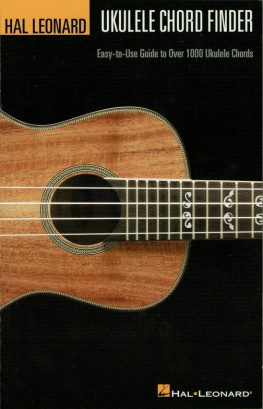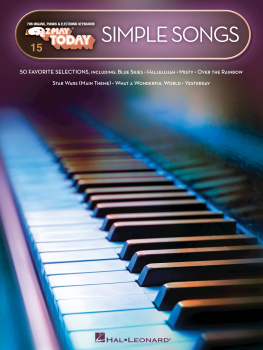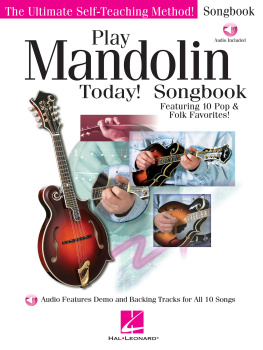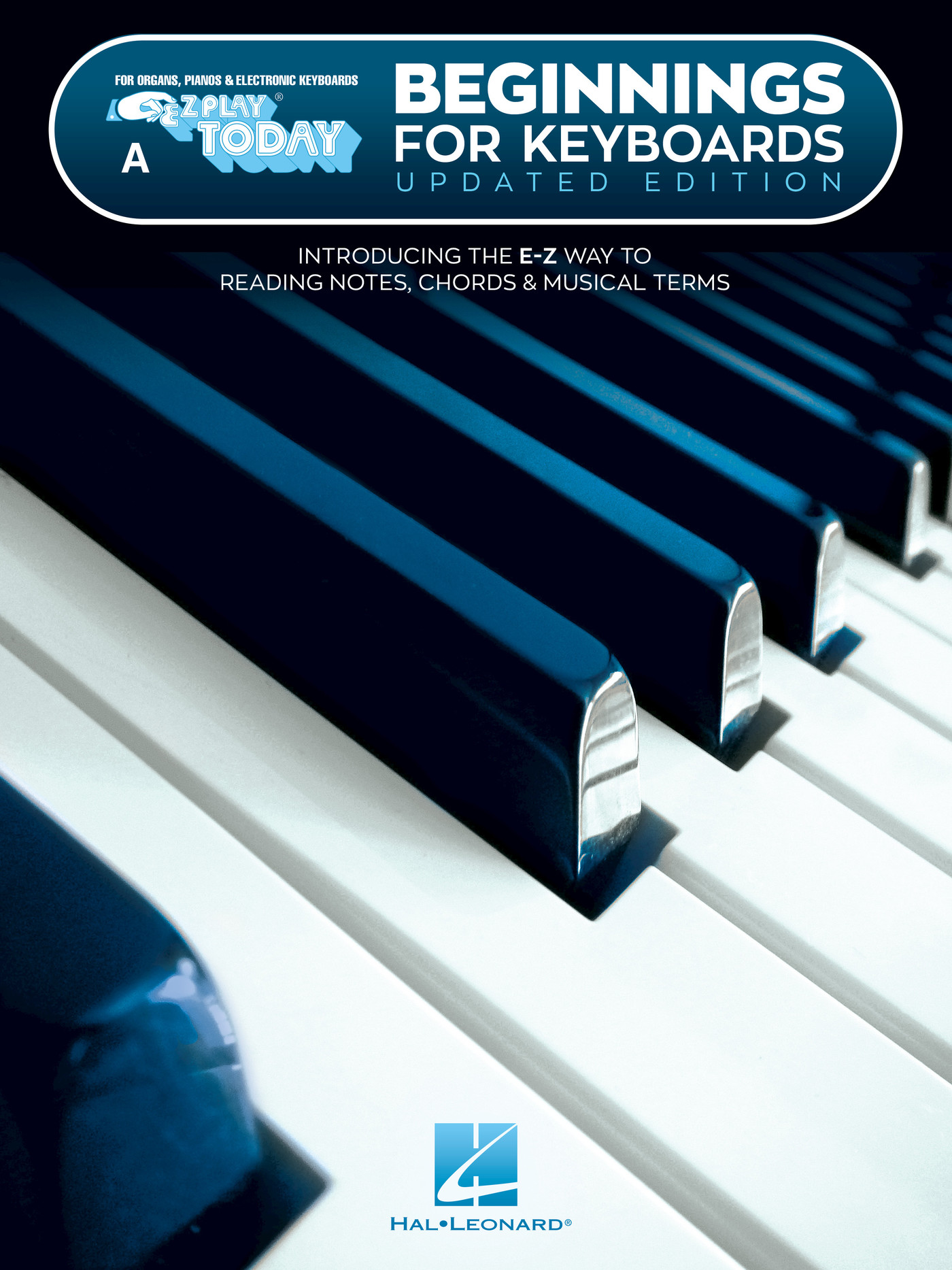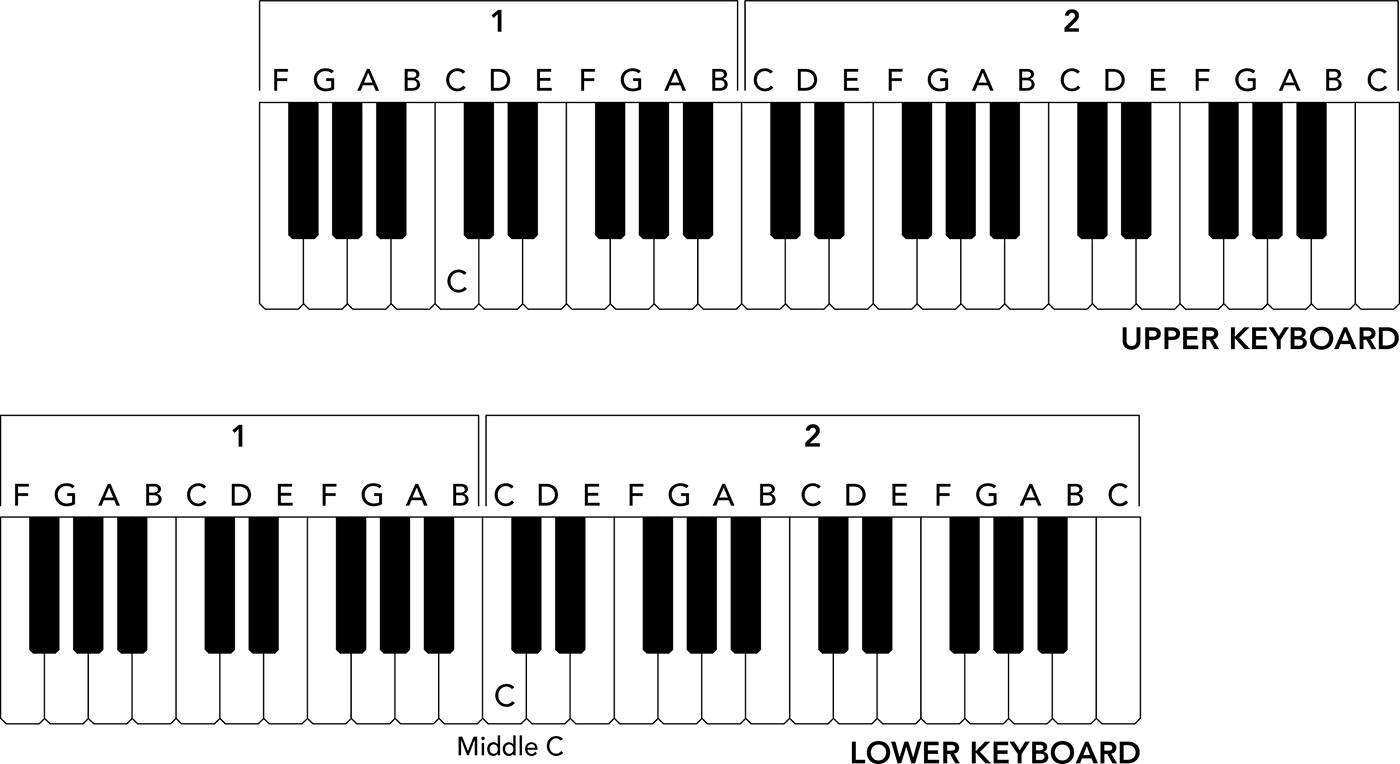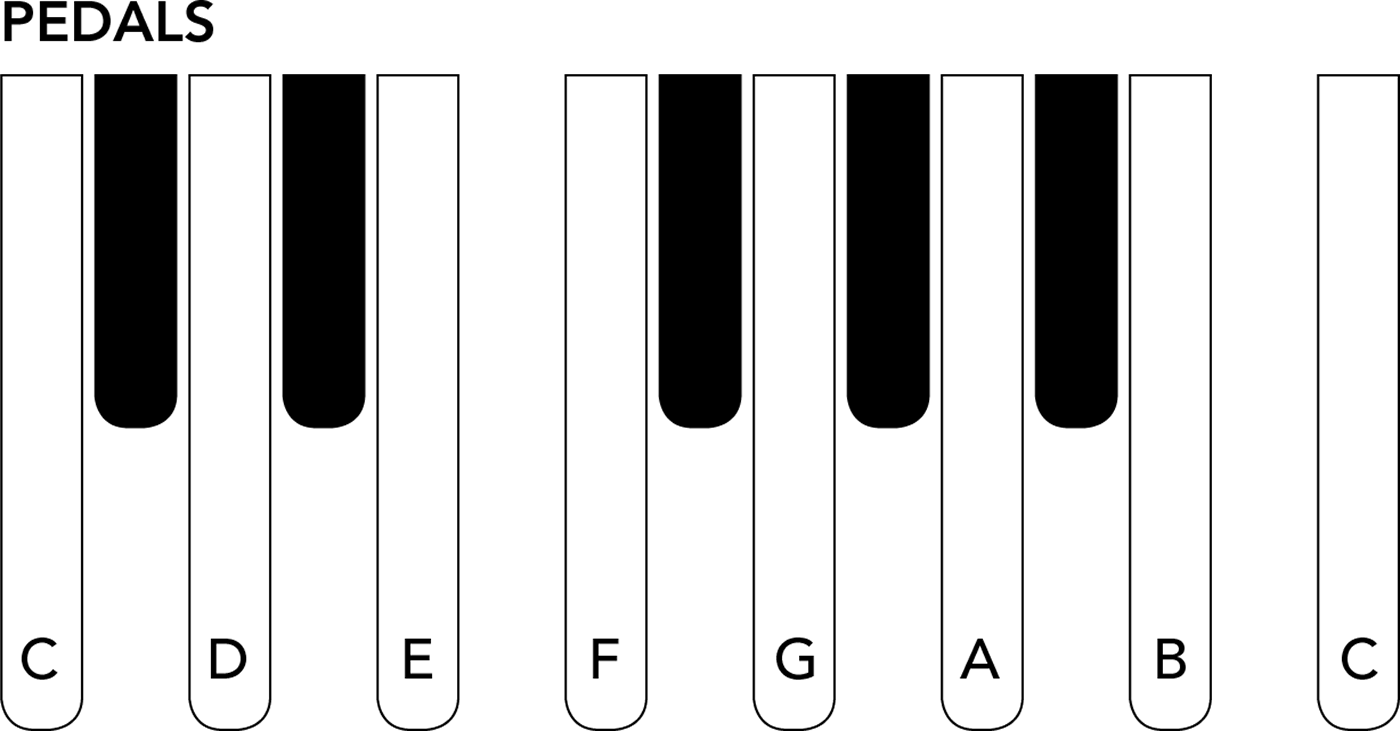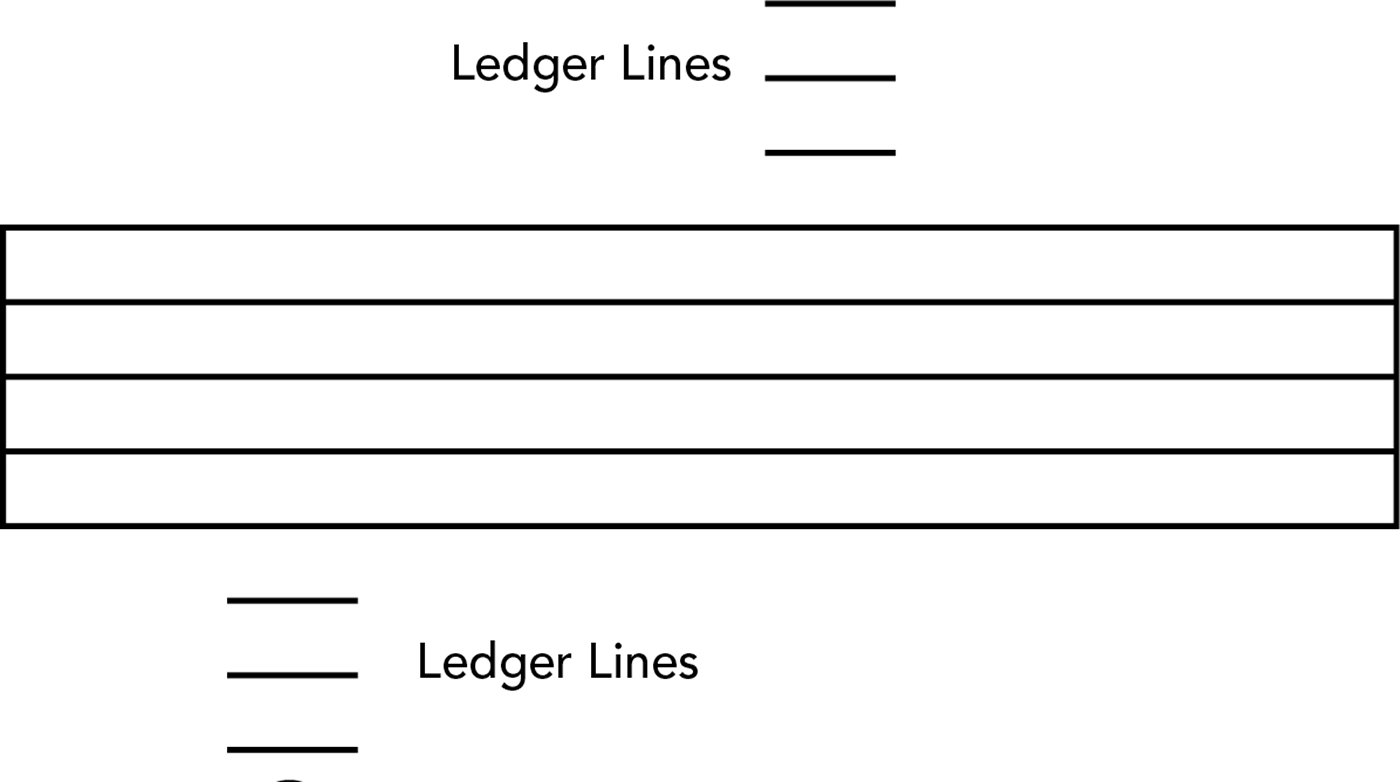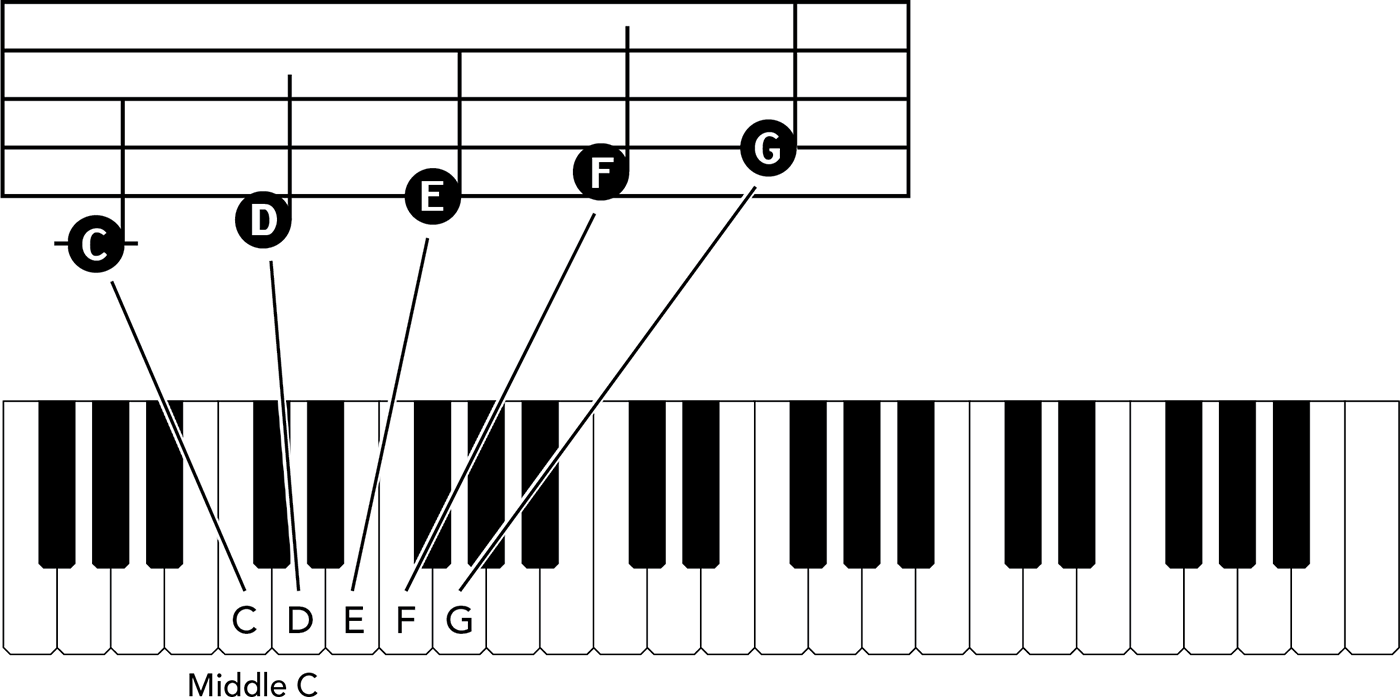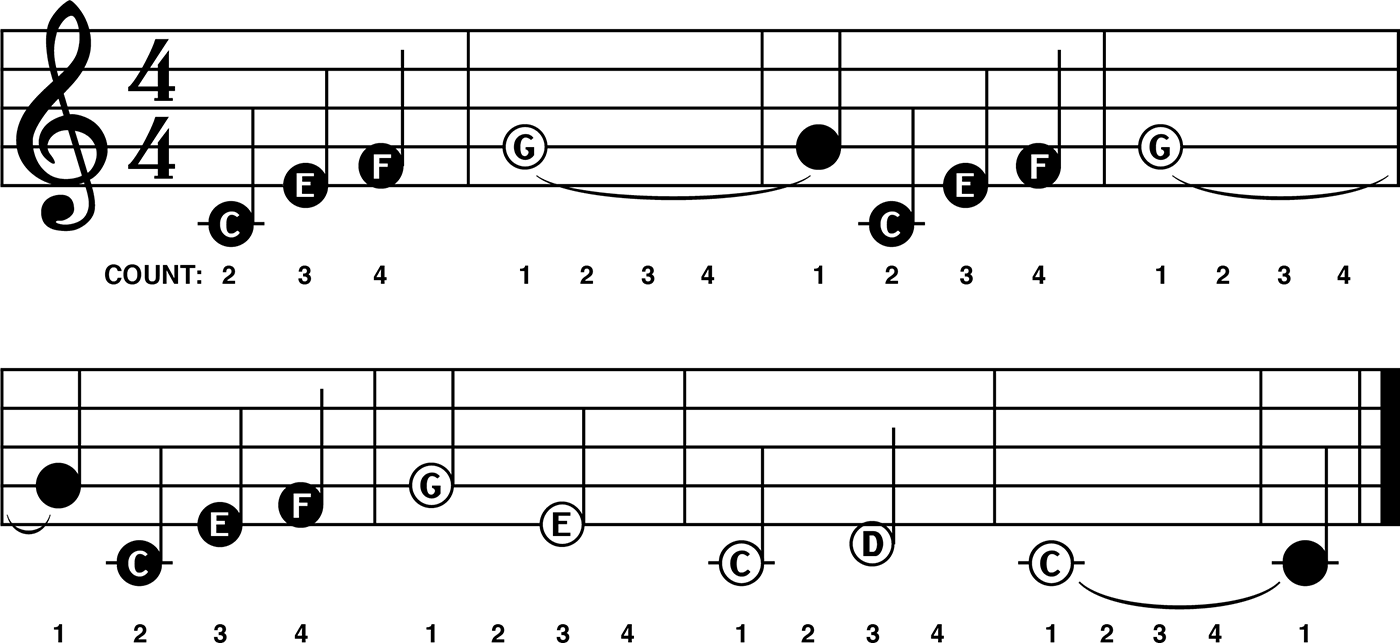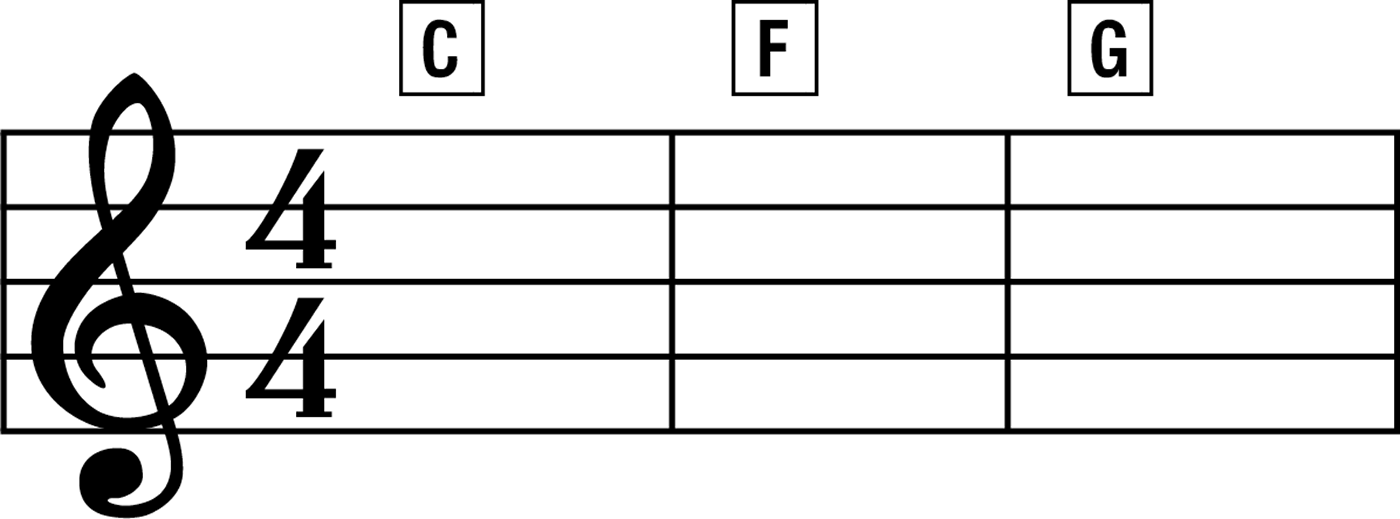
7777 W. Bluemound Rd. P.O. Box 13819 Milwaukee, WI 53213
In Australia Contact:
Hal Leonard Australia Pty. Ltd.
4 Lentara Court
Cheltenham, Victoria, 3192 Australia
Copyright 2018 by HAL LEONARD LLC
International Copyright Secured All Rights Reserved
For all works contained herein:
Unauthorized copying, arranging, adapting, recording, Internet posting,
public performance, or other distribution of the printed music
in this publication is an infringement of copyright.
Infringers are liable under the law.
E-Z Play Today Music Notation 1975 by HAL LEONARD LLC
E-Z PLAY and EASY ELECTRONIC KEYBOARD MUSIC are registered trademarks of HAL LEONARD LLC.
Visit Hal Leonard Online at
www.halleonard.com
Contents
A BEGINNING SOUND
On most organs and electronic keyboards, there are controls that produce or enhance sounds. Some of these are voice tabs or tonebars instrumental voices at different pitches. Some are general controls , such as Vibrato, Percussion, or Tremolo. A combination of voice tabs or tonebars and general controls is called registration .
Registration
A Registration Guide showing different combinations of voices and controls is available for most organ models. A general Registration Guide appears at the end of this book. A registration number appears above the music for each song.
- Match this number with the number on the Registration Guide.
- Set up the voice tabs or tonebars as indicated.
- And dont forget your imagination! Use it to experiment with various registrations of your choice.
BEGINNINGS VISUAL GUIDES
Keyboard guides are included for both upper and lower keyboards. These visual aids make it possible for you to easily learn the keys on your particular instrument. Remove and place the guides on the keyboards as shown in this illustration.
- If the letter names of the keys are already identified on your instrument, simply omit the upper keyboard guide.
- If youre playing left-hand accompaniment with a chord button or a one-key chord accompaniment feature, disregard the lower keyboard guide.
Pedal labels are also included to help you become instantly familiar with the bass pedals. The following illustration shows the correct placement of these labels.
- If your instrument does not have pedals, or if you are using an automatic accompaniment feature that does not require the playing of pedals, disregard the pedal labels.
NOTATION
All songs are written in the exclusive E-Z PLAY TODAY notation.
- A staff is five lines with spaces between them. Each line or space represents a lettered note.
- Sometimes ledger lines are added above or below the staff to accommodate additional notes.
- The lettered notes correspond to lettered keys on the keyboard guide. As notes move down the staff, the corresponding keys move down (to the left) on the keyboard. As the notes move up the staff, they move up (to the right) on the keyboard.
Note Values
Each type of note has a specific time value that is measured in rhythmic beats.
Each staff is divided by bar lines into sections called measures . A double bar indicates the end of a song.
A time signature appears at the beginning of each song after the treble clef sign.
Sometimes a note or notes appear at the beginning of a song that do not equal the number of beats indicated by the time signature. These are called pickup notes , and the missing beats are written at the end of the song.
A tie is a curved line that connects notes of the same pitch (notes on the same line or space). Play the first note and then hold for the total time of all tied notes.
The Melody
Heres your first melody, When the Saints Go Marching In. Before playing:
- Set at least one voice control for the upper keyboard.
- Place your entire right foot on the expression pedal, if your instrument has one. Press down with the ball of your foot to increase the volume; press back with your heel to decrease the volume.
- Now, carefully read the notes and play the corresponding keys with your right hand.
When the Saints Go Marching In
Music by James M. Black
Copyright 2018 by HAL LEONARD LLC
International Copyright Secured All Rights Reserved
ACCOMPANIMENT
Accompaniment is the chord harmony played by your left hand. (Chords are combinations of three or more musical tones sounded simultaneously.)
In each arrangement, the accompaniment chords are indicated by boxed chord symbols that appear above the melody notes. These chord symbols indicate which chord to play. If N.C. (No Chord) appears above a section of a song, do not play a chord or pedal.
The number and type of chords on the many different automatic chord units vary. For this reason, alternate chord names are sometimes shown above the boxed symbols. If the boxed chord symbol does not appear on your instrument, play the alternate chord. Should both chords appear on your chord unit, play either chord.

